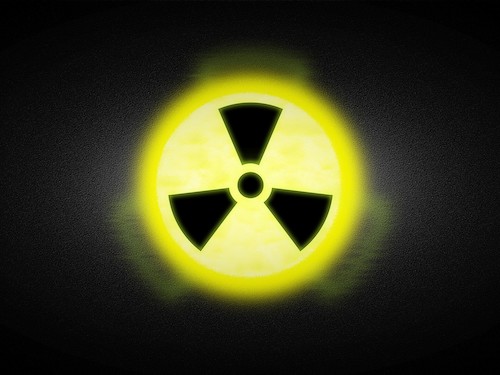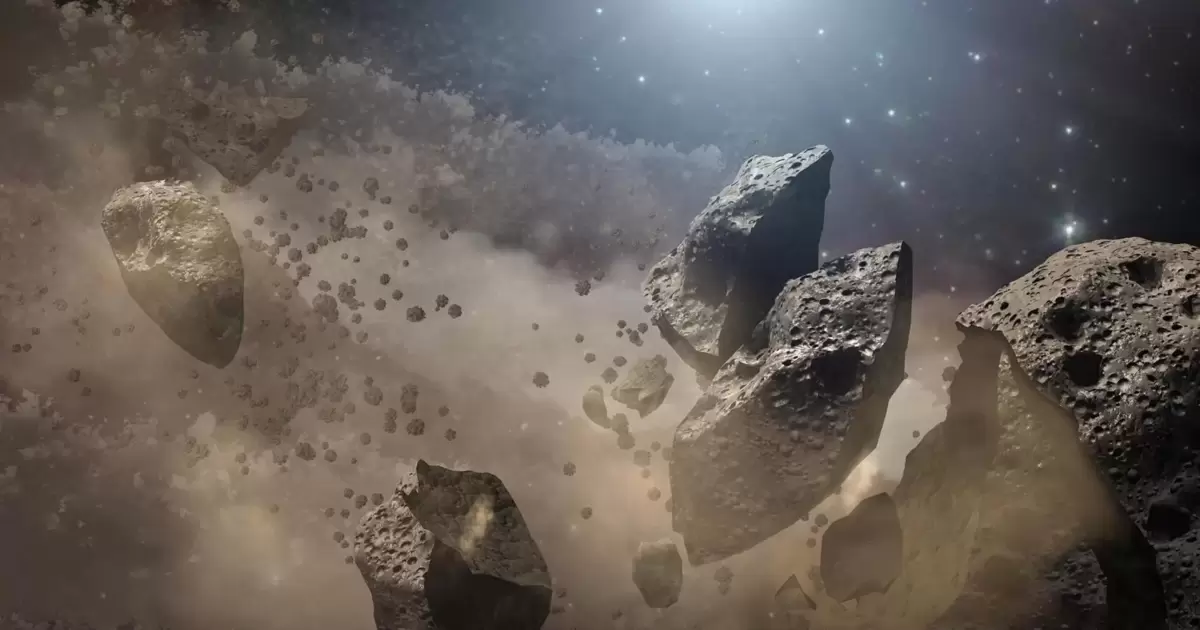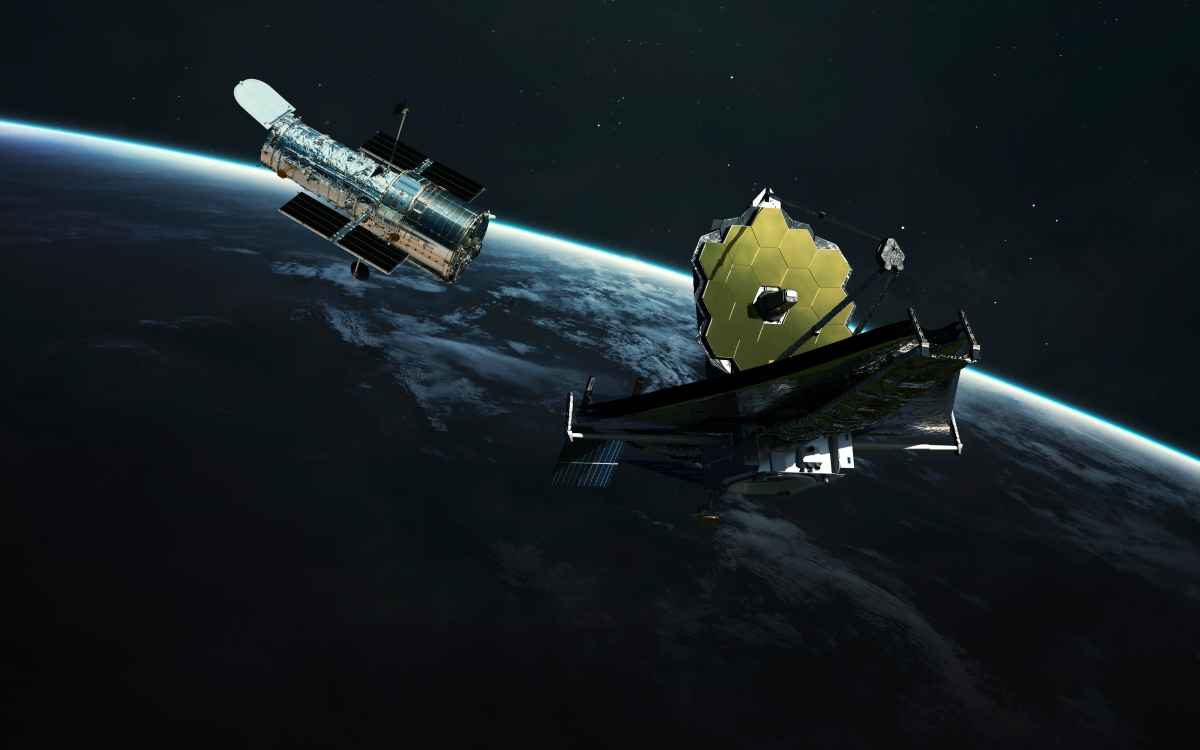The rate at which the universe is expanding is called the Hubble constant and is one of our basic criteria for understanding the evolution of the universe. By what is called the “Hubble Potential” we mean the phenomenon that measurements of the Hubble Constant do not lead to a clear value.
This has so far been attributed to the technically inherent optical limitations of the Hubble Telescope, which has been largely used to determine the constant. In addition, celestial bodies that are particularly suitable for measurements are particularly distant from us.
the Nobel laureate Adam Ries explains from Johns Hopkins University and the Space Telescope Science Institute put it quite bluntly: “Have you ever had trouble recognizing a mark that was at the edge of your vision? What does it say? What does this mean?”
Editorial recommendations
It refers to a specific class of stars, called Cepheid variables. It has proven to be the most convenient for measuring distances for a hundred years.
This is because these stars are exceptionally bright. They shine more intensely than our Sun by a factor of 100,000. They also pulsate, allowing their relative brightness to be calculated.
For this reason, it is the standard tool for measuring distances to galaxies of at least one hundred million light-years. But because Cepheid stars themselves are so far away, according to Rees, they appear “crammed into a small space from our distant vantage point, so we often lack the resolution to distinguish them from their line-of-sight neighbors.”
Combined observations from JWST’s NIRCam (Near Infrared Camera) and Hubble Telescope’s WFC3 (Wide Field Camera 3) camera show spiral galaxy NGC 5584, located 72 million light-years from Earth. Among the bright stars in NGC 5584 are pulsars called Cepheid variables and Type Ia supernovae, a special class of exploding stars. Astronomers use Cepheid variables and Type Ia supernovae as reliable distance markers to measure the expansion rate of the universe. (Source: NASA, ESA, CSA, and A. Riess (STScI))
It wasn’t all that surprising at first: the James Webb Space Telescope confirms previous measurements
Rees and his research team had high hopes for the new James Webb Space Telescope (JWST), especially since its infrared instruments can see through clouds of gas and dust that may be in their line of sight. The Hubble Telescope, which has been in use since 1990, cannot do that.
What the James Webb Space Telescope has now confirmed seems unspectacular at first glance. Accordingly, previous measurements of the Hubble constant have proven to be quite accurate.
Although we can now confirm with more precise measurements that the universe is expanding faster than expected, the new measurements provide no clues as to why this is happening. Even with popular computer models, research has yet to provide an explanation.
James Webb Telescope: The most beautiful images and their meaning
“The most exciting possibility is that stress is an indicator of something we are missing in our understanding of the universe,” says Rees. So the discrepancy between the prediction and the actual expansion “may be due to the presence of strange dark energy, strange energy.” Dark matter, a revision of our understanding of gravity or the existence of a unique particle or field.
There is also a much simpler explanation that many measurement errors have an effect in the same direction and thus increase. The fact that the James Webb Space Telescope reached the same results makes researchers question this hackneyed theory.
“This leaves the most interesting possibilities on the table and deepens the thrilling mystery,” Rees sums up. The research results are In order to launch In the Astrophysical Journal.

“Social media evangelist. Baconaholic. Devoted reader. Twitter scholar. Avid coffee trailblazer.”








More Stories
Heat pumps and biomass – the perfect synergy
GPT-4o could revolutionize AI assistive technologies
The current screenshot function will be blocked soon